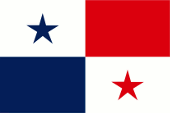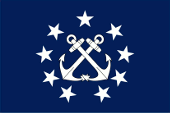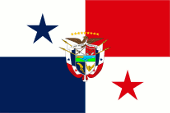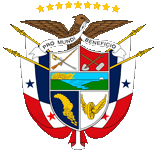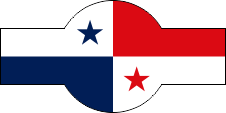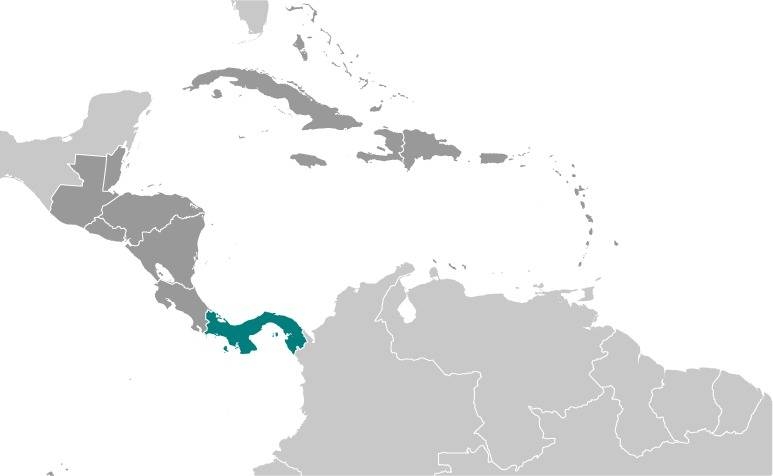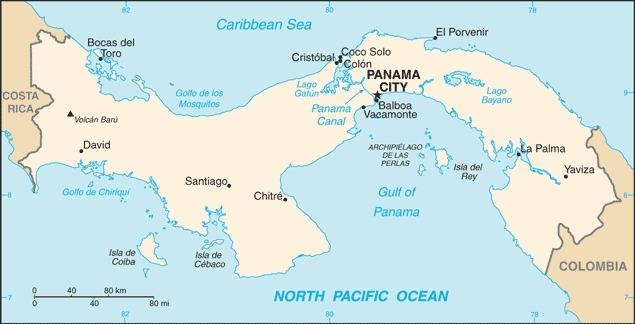Area: 29.157 square miles
Inhabitants: 4.300.000 (2020), thereof 60% Mestizos, 15% Blacks, 13% Europeans, 8% native Indians
Religions: 86% Roman Catholic, 10% Protestant
Density of Population: 147 inh./sq.mi.
Capital: Panamá (Ciudad de Panamá), 813.097 inh. (2017)
official Language: Spanish
other Languages: Native American languages, English
Currencyen: 1 Balboa (PAB, B) = 100 Centésimos, 1 US-Dollar (US$) = 100 Cents
Time Zone: GMT – 5 h
Source:
Wikipedia (D),
CIA World Factbook

![]()

